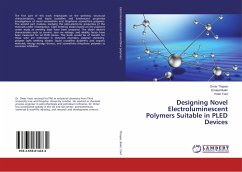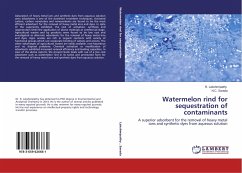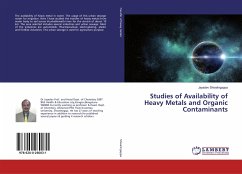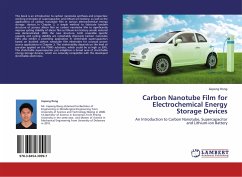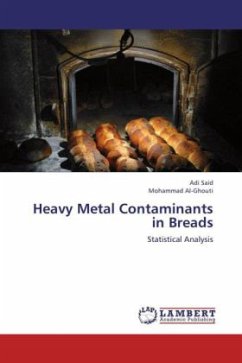This book illustrates the development of innovative nanostructured materials and devices for pollutants detection and removal according with the nowadays challenges of environmental technologies of interest for industrial applications. Here, materials based on CaCO3-polymer from vaterite or calcite phase with different shapes have been synthesized. We find a new procedure, able to provide vaterite-PEI microspheres with controlled size and complete polymorph discrimination, high functionalizing capacity for biomolecules and an increasing of the negative superficial charge, all this suitable for electrochemical biosensor applications. Additionally, the reaction system to obtain the calcite-PEI microrods was used for the integration of sensing and removing processes achieving a dual sensoremoval actuation for contaminants within the same platform/system. The paper-based sensors constitute the last trends in analytical chemistry. Highly sensitive paper-based sensors for Cd2+ sensing in drinking waters has been designed and evaluated. The device fabricated had the lowest quantification and detection limits reported then, and integrated the Cd2+ detection with the interferences masking.


